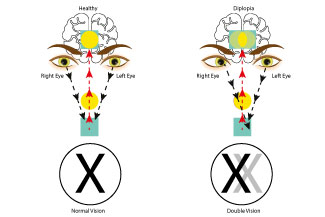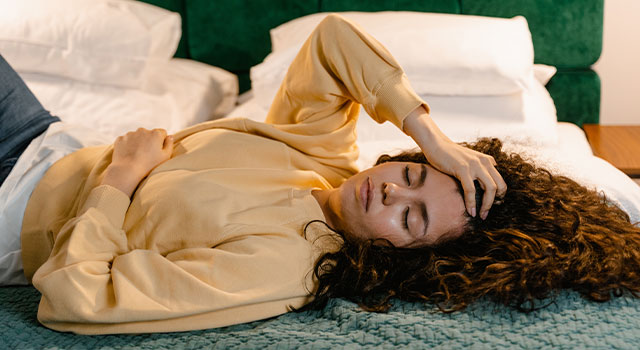
What is Visual Stress?
Visual Stress is a neurological condition – it is a problem with the brain’s ability to process visual information such as patterns, light and movement.
They cause the brain to become overexcited and not function properly, leading to physical discomfort and perceptual processing difficulties.
Visual Stress can interfere with reading, attention, coordination, general health and behaviour.
Commonly reported symptoms of Visual Stress include headaches, light sensitivity, fatigue, reading and attention difficulties, dizziness and nausea.
Visual Stress is not a problem of the eyes and is not identified in standard optometric testing.
Symptoms are often alleviated with individually selected precision tinted filters. Without the appropriate filters, people can often experience pain, distractions, exhaustion and frustration.
Defining Visual Stress
1) Pattern sensitivity and Visual Stress
Visual Stress manifests when viewing certain image types such as repetitive striped patterns.
The intensity of these effects will vary according to individual susceptibility and the precise nature of the pattern, most notably, its spatial frequency and contrast level.
An adverse response when viewing stimuli of this type (i.e., striped patterns) has been termed pattern glare.
For susceptible individuals, this sensitivity to pattern glare can result in Visual Stress, giving rise to symptoms of eyestrain, headaches and glare, along with illusions of colours, shapes and motion.
2) Origins of Visual Stress
The characteristics of the visual stimulus, which cause, or at least contribute to Visual Stress, are sensory in origin and, therefore, distinguishable from factors of motor origin, such as oculomotor balance, binocular vergence and accommodation.
The origins of pattern glare and Visual Stress are thought to arise due to cortical hyperactivation.
3) Solutions for Visual Stress
A large volume of research provides evidence that colour filters reduce Visual Stress. In 1994, while at the Medical Research Council Applied Psychology Unit in Cambridge, UK, Dr. Arnold Wilkins invented the MRC Intuitive Colorimeter and precision tints.
This facilitated one of the best-known studies into Visual Stress. Many studies have also found that the optimal colour needs to be individually prescribed and sometimes with considerable precision.
Common Symptoms of Visual Stress
Many symptoms, which are apparent to the patient themselves, are related.
If perceptual distortions are experienced in patterns (i.e., a high-contrast patterned carpet), things may appear distorted or moving, leading to feelings of nausea and dizziness.
If flickering is perceived on smooth surfaces, concentrating in an office or classroom filled with laminated and shiny surfaces, such as desks and whiteboards, will likely be challenging.
Key symptoms of Visual Stress primarily include physical discomforts such as:
- headache
- the sensation of heat at the back of the head
- eye pain and strain
- visual fatigue
- cognitive fatigue
- nausea from movement
- discomfort
They also include visual perceptual difficulties, such as
- perceived excessive luminosity
- visual sensory overload
- illusions of shape, motion, and colour
- blurring and double vision
- reading and tracking difficulties
- depth perception difficulties
- anxiety
Find out now if you, a family member or a patient has Visual Stress.
The pre-screening test is a discovery tool that gives you a better understanding of Visual Stress, your situation and the likelihood that you suffer and will benefit from steps 2 and 3.
The free pre-screening test includes the following:
- Informative video clips to guide you along
- A report with your score and test results
- Links to additional resources and potential solutions.
Take the Free Pre-Screening test today!
https://www.visualstress.app/
Our practice serves patients from Winnipeg, Selkirk, Portage La Prairie, and Brandon, Manitoba and surrounding communities.












